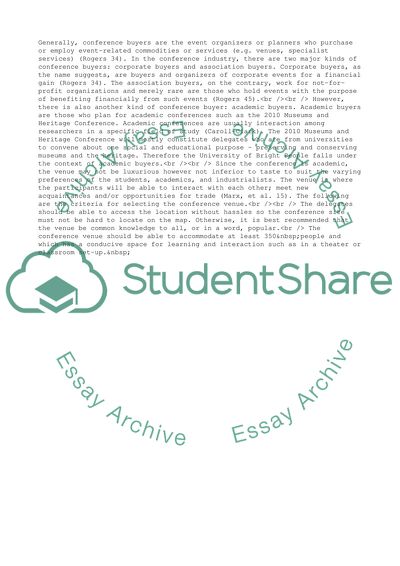Cite this document
(Conference And Exhibition Management Case Study, n.d.)
Conference And Exhibition Management Case Study. Retrieved from https://studentshare.org/management/1570091-conference-and-exhibition-management
Conference And Exhibition Management Case Study. Retrieved from https://studentshare.org/management/1570091-conference-and-exhibition-management
(Conference And Exhibition Management Case Study)
Conference And Exhibition Management Case Study. https://studentshare.org/management/1570091-conference-and-exhibition-management.
Conference And Exhibition Management Case Study. https://studentshare.org/management/1570091-conference-and-exhibition-management.
“Conference And Exhibition Management Case Study”. https://studentshare.org/management/1570091-conference-and-exhibition-management.


